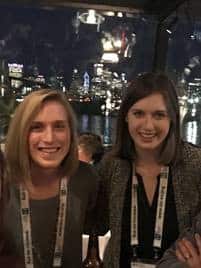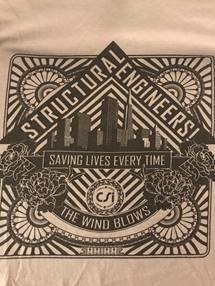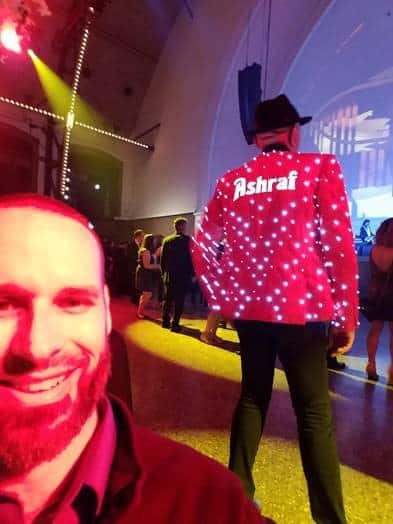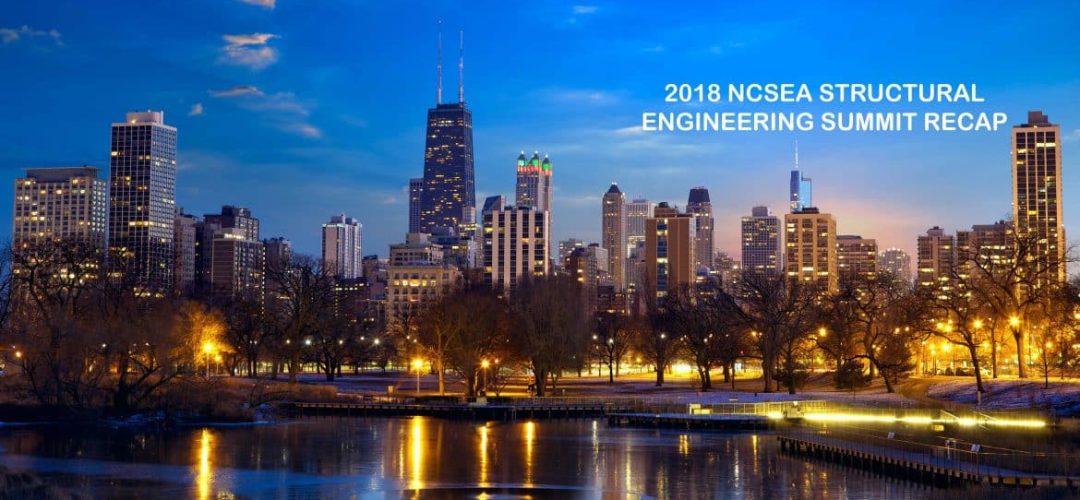This year John O’Brien, P.C., S.E., Neal Turbow, P.E., S.E., Sarah Scarborough, P.E., and Mary Shinners, E.I.T. represented PES at the NCSEA Structural Engineering Summit in Chicago, Illinois. As always, the sessions were extremely informative and sparked numerous conversations. Read their recaps and takeaways from the conference below:

“The NCSEA Summit always has a great selection of technical sessions, but this year I found myself attending a good bit of non-technical sessions with several sessions focusing on improving your career. Stacey Hanke followed the keynote with her presentation, “Influence Redefined….Be the Leader you were meant to be Monday to Monday”. She stressed the importance of public speaking, and provided tips like focusing on pausing between sentences and not using filler words (uh, um, so, anyways…). These are skills that need practicing and will help in day to day conversations and at networking events in addition to a true presentation setting. Ben Nelson was on the same page as Stacey in his presentation “What Really Matters for Success in Your Career”. #10 on his list was “Hone your presentation skills”. A few more of my favorites from Ben were #2 – “Always look to expand your skills and talent. Never stop training” and #9 – “Say yes to assignments as often as possible…and then deliver!” If we’ve made it this far in our careers, our clients and colleagues most likely know we have the technical expertise to get the job done. Placing an importance on communication and presentation skills while also delivering a great product will be an asset for longevity in our careers.” – Sarah Scarborough, P.E., Process Integration | Quality Manager


“Day one of the conference began with a plethora of Committee meetings, including the Code Advisory Committee for Wind Engineering, where I serve as a member. A notable item from this meeting was that the Structural Engineers Association of California (SEAOC) with help from the NCSEA Code Advisory Committee (CAC) has published the SEAOC Wind Design Manual. This new publication offers guidance to the use of the ASCE 7 Wind Provisions through several worked example problems. The key takeaways from the session, Design and Inspection Responsibilities for a Project Utilizing a Metal Building presented by Greg Robinson, include: the Structural Engineer of Record (SEOR) on these projects often have limited scope related to PEMB and the PEMB SER often does not have control of, or responsibility to coordinate special inspections as they are not the Design Professional in Responsible Charge (DPIRC); MBMA has published the Guide for Inspecting Metal Building Systems to offer guidance to PEMB SERs, SEORs and inspectors; and the NCSEA CAC for Special Inspections & Quality Assurance hopes to publish a white paper soon on this topic with additional guidance for SEORs. Other notable sessions I attended included Standard of Care: In Theory and In Practice by Jerry Maly; PCI Design Handbook 8th Edition Content & Updates with Jared Brewe; and Inspiring the Next Generation of Structural Engineers to Lead, Influence, and Inspire with Ashraf Habibullah. The final day of the conference included a variety of great sessions. I attended Design and Testing of Facade Access Equipment presented by Gwenyth Searer. Several notable items included: IBC and ASCE 7 now offer design load guidance to clarify the 5 kip load specified by OSHA; depending on the type of access equipment, the equipment stall load may exceed the 5 kip ultimate safety arrest load; and OSHA requires that anchorages be load tested to a maximum of 50% of the required capacity prior to be putting into service. A rational owner/operator/engineer may consider testing these devices to 100% design based on guidance for load testing in the building code and material standard.” – John O’Brien, P.E., S.E., Associate | Director of Engineering
Save the date for the 2019 Structural Engineering Summit which will be held November 12-15, 2019 at the Disneyland Hotel in Anaheim, California.
We look forward to seeing you there!

